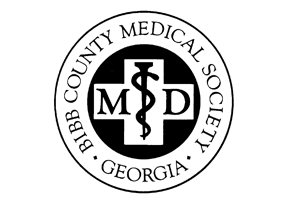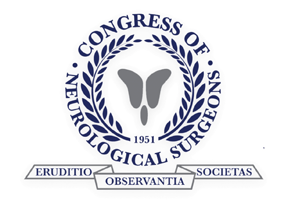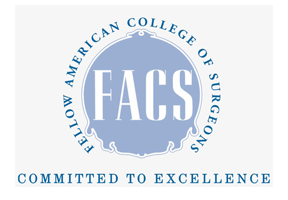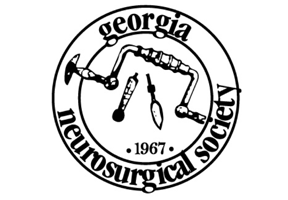Medulloblastoma (MB) is an embryonal tumor. Most cases in this age group (adults) occur between the third and the fourth decade with a higher incidence in males. MB is associated with many familiar cancer syndromes, but there is no known cause for MB. Prenatal exposure to dietary N-nitroso compounds increases the risk. John Cunningham polyomavirus (JC Virus) T-antigen was identified in MB cells, suggesting a role of this viral infection in tumor physiopathology.
In the pediatric group, MB is the most common malignant brain tumor, but accounts for less than 1% of all adult intracranial tumors,[ 11 5 ] with an annual incidence of approximately only 0.5 per million individuals. Many studies have documented the differences between childhood and adult MBs in terms of location, histological subtypes, as well as the proliferation and apoptotic indices. There are four histological groups – classic and the variant forms (desmoplastic/nodular, anaplasic, and large cell), with desmoplastic/nodular being the most frequent variant. Transcriptional profiling studies have shown that MB is not a single disease. There are four major subgroups according to molecular configuration: wingless (WNT), sonic hedgehog (SHH), group 3, and group 4. These subgroups carry different prognostic outcomes and should be noted when planning the treatment strategy. The studies related to tumor biological and clinical features in adults are limited due to the low incidence of the disease in this age group. This article aims to briefly review the available literature and report a case of MB in a 19-year-old woman.
Read the full article: http://surgicalneurologyint.com/surgicalint-articles/adult-hemispheric-cerebellar-medulloblastoma/







